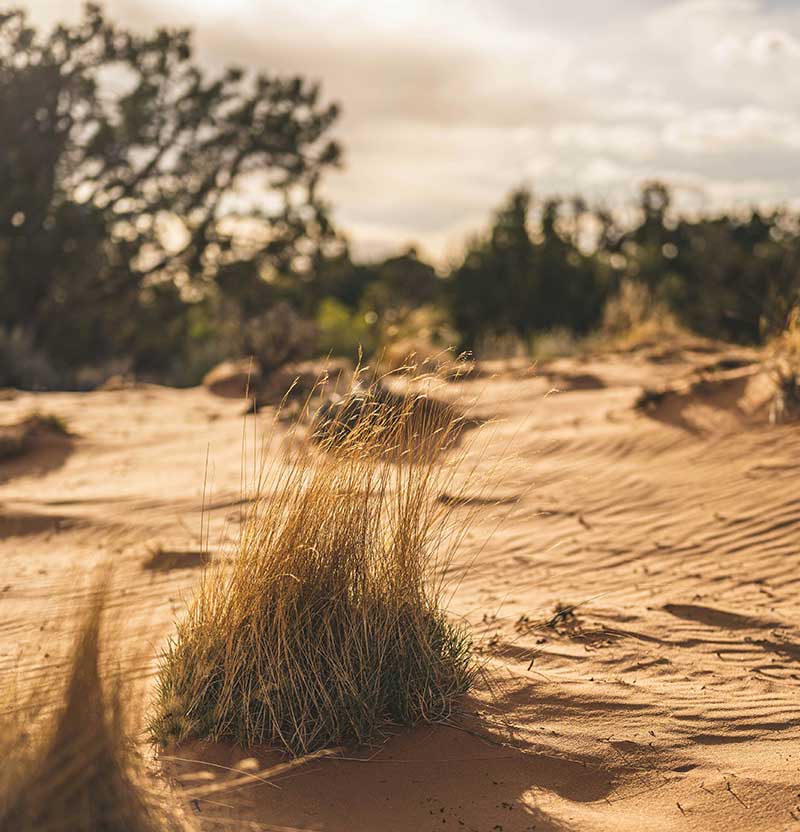
Sand Dunes and Dunes Mobility
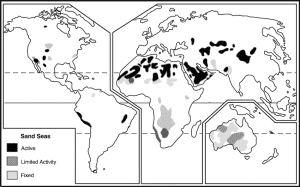 Sand dunes are typically classified by type: crescentic, linear, star, dome, and parabolic. With respect to dune mobility, however, the general categories of interest are:
Sand dunes are typically classified by type: crescentic, linear, star, dome, and parabolic. With respect to dune mobility, however, the general categories of interest are:
(1) inactive/stable dunes,
(2) partly active dunes, and
(3) fully active dunes.
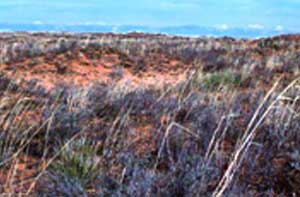
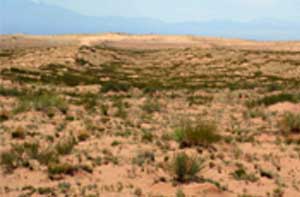
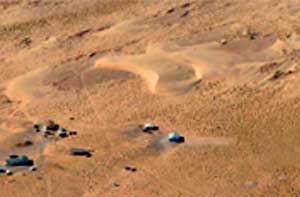
For more information on dune types, please see:
http://pubs.usgs.gov/gip/deserts/dunes/
So what are the factors that influence dunes mobility?
The dune mobility index is an equation that incorporates the percent of time that wind speeds exceed transport threshold (W), the annual precipitation (P), and finally, the annual evapotranspiration (PE).
So then, how does climate change relate to dune mobility?
Climate model projections indicate that the desert Southwest will experience increased temperatures and decreased precipitation in coming years. That means that we can anticipate a hotter and drier regional climate for the foreseeable future. Under the projected climate conditions, precipitation (P) will continue to decrease, and the annual evapotranspiration (PE) will increase. As this trend continues, the denominator will increase rendering a greater mobility index value (greater mobility).
But aren’t they just climate projections?
Global climate models, referred to as global circulation models (GCM), typically have resolutions of 200-300 km. Additional detail and resolution can be achieved through the use of regional climate models (RCM) which cover much smaller areas on the order of 25-50 km. These models are subject to rigorous review and produce highly reliable results. In addition, the different GCM and RCM projections for the southwest provide consistent projections for decreased precipitation and increased temperatures. The projections are highly reliable and furthermore, we are already feeling many of the projected effects of climate change in the southwest.
How exactly do dunes migrate?
The U.S. Geological Survey, and in particular Dr. Margaret Hiza, have conducted a substantial amount of research on the subject of dunes and dune migration. To learn more, please check out the link below.
http://sgst.wr.usgs.gov/dunes/
The dust generated by dune erosion can be measured using a unique and inexpensive passive collection system. To learn more, click HERE [pdf] .
Resources:
Lancaster, N. (1995). Geomorphology of Desert Dunes. New York, NY: Routledge.

